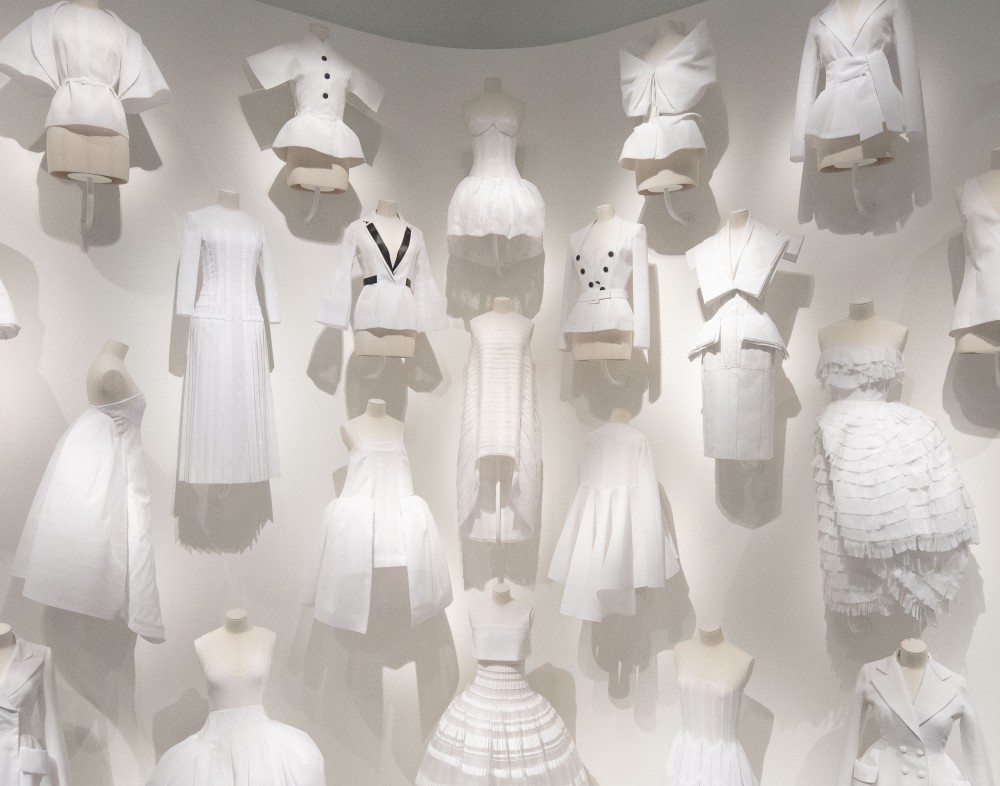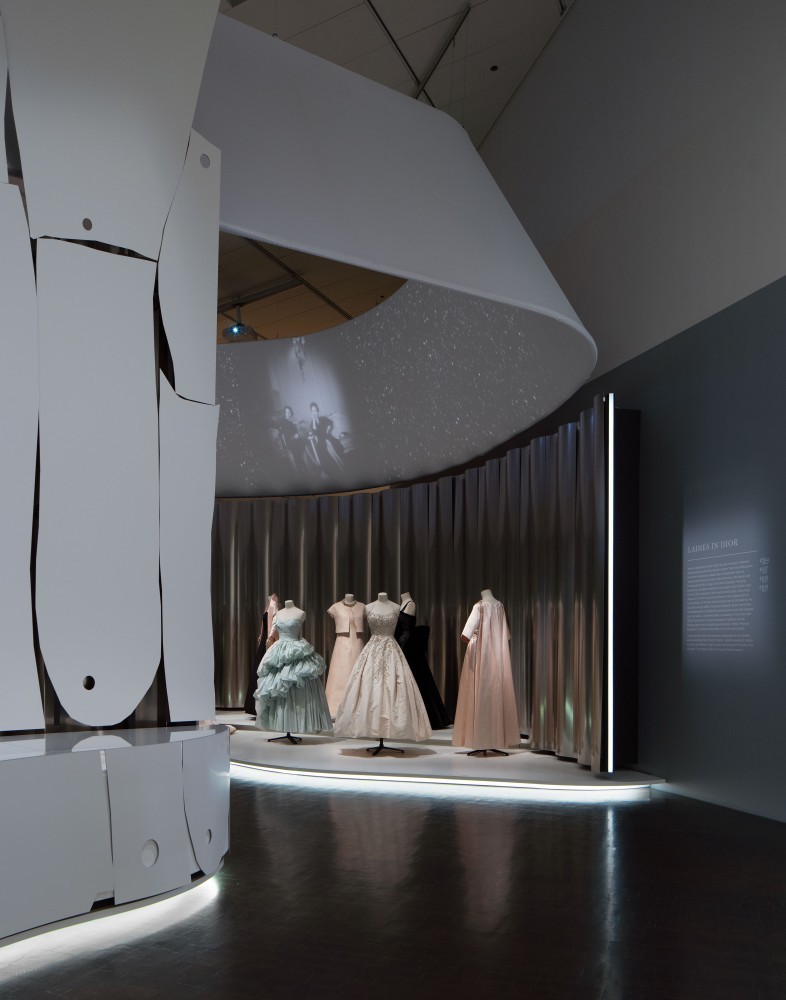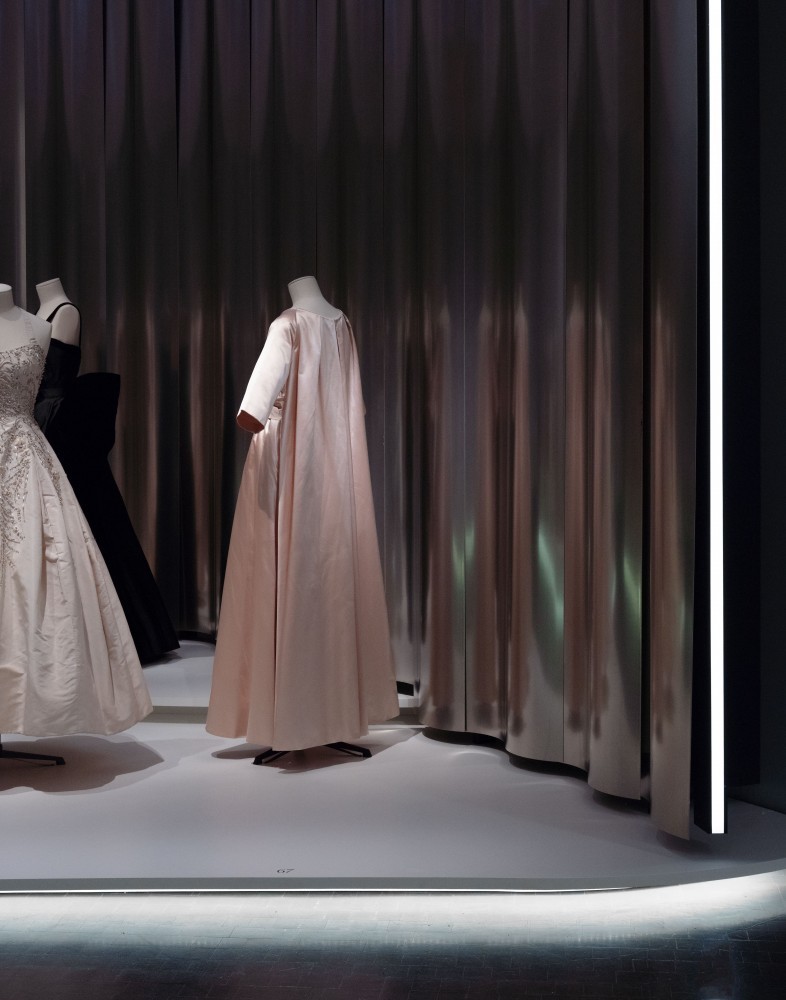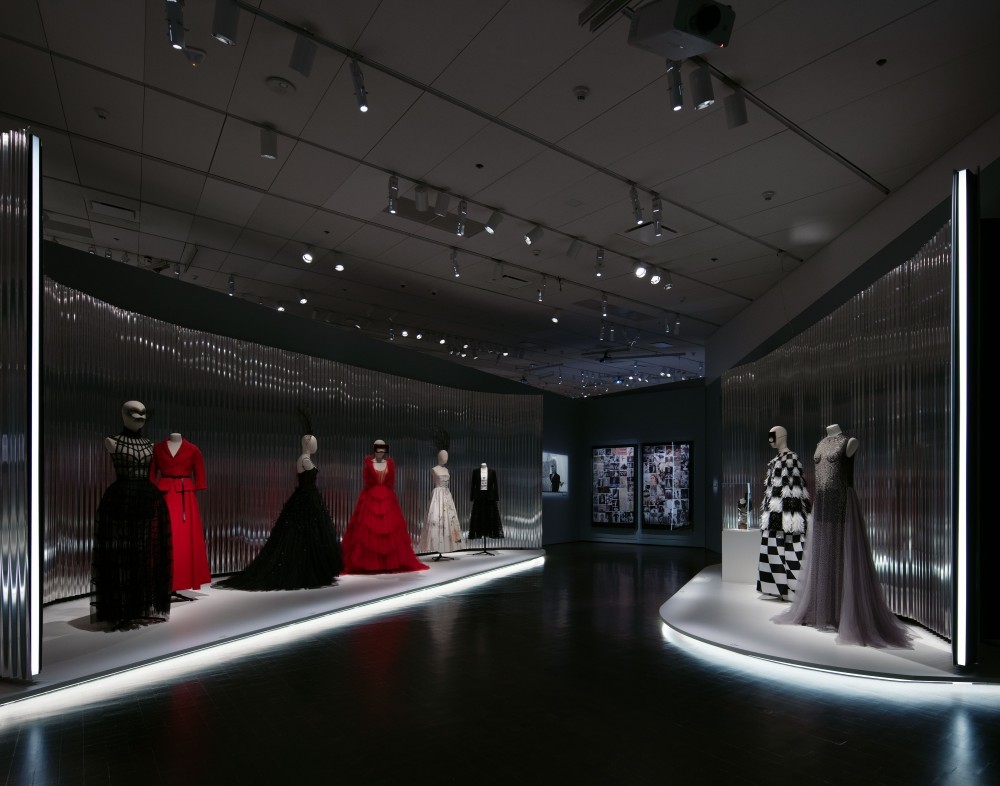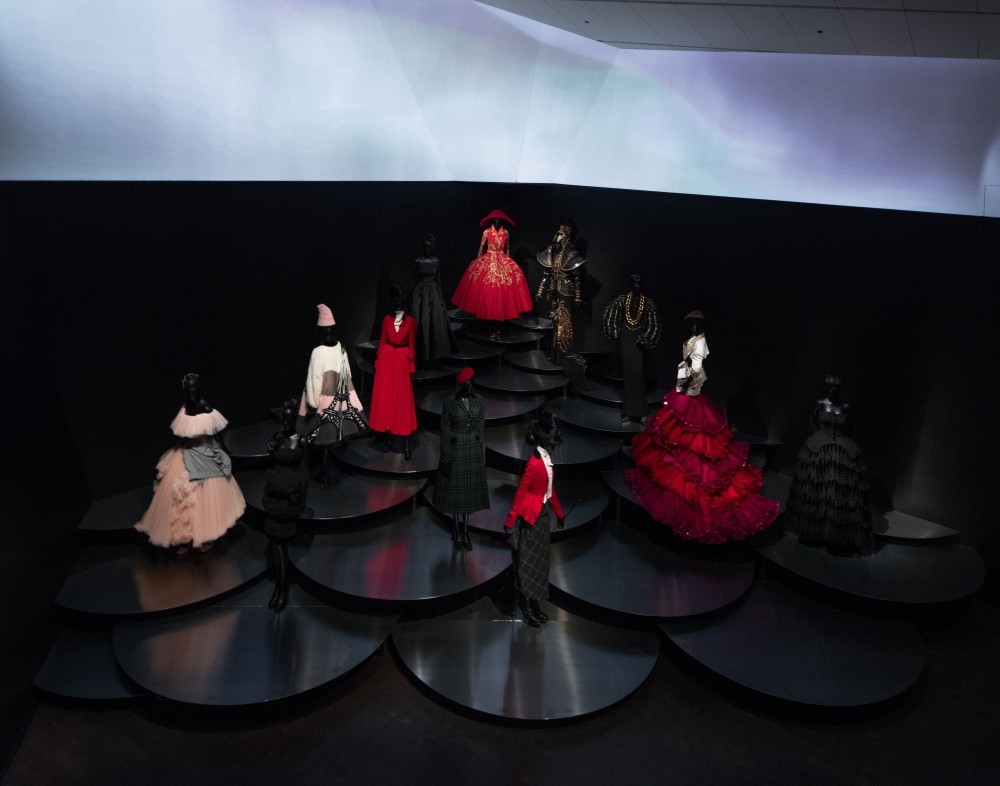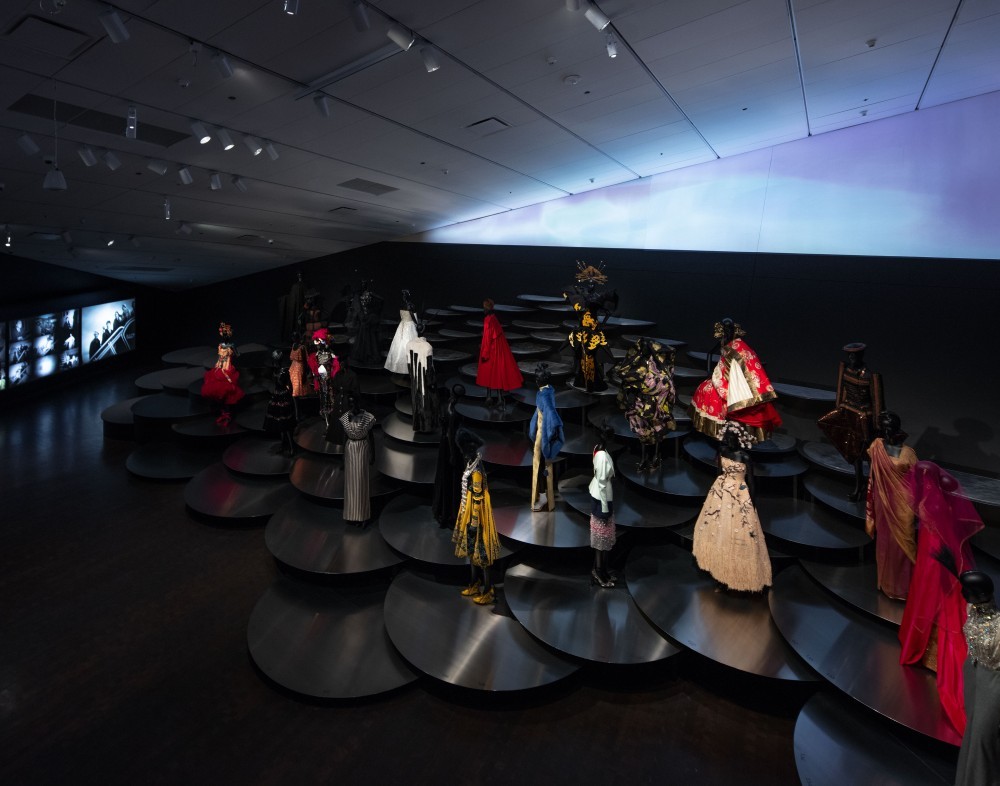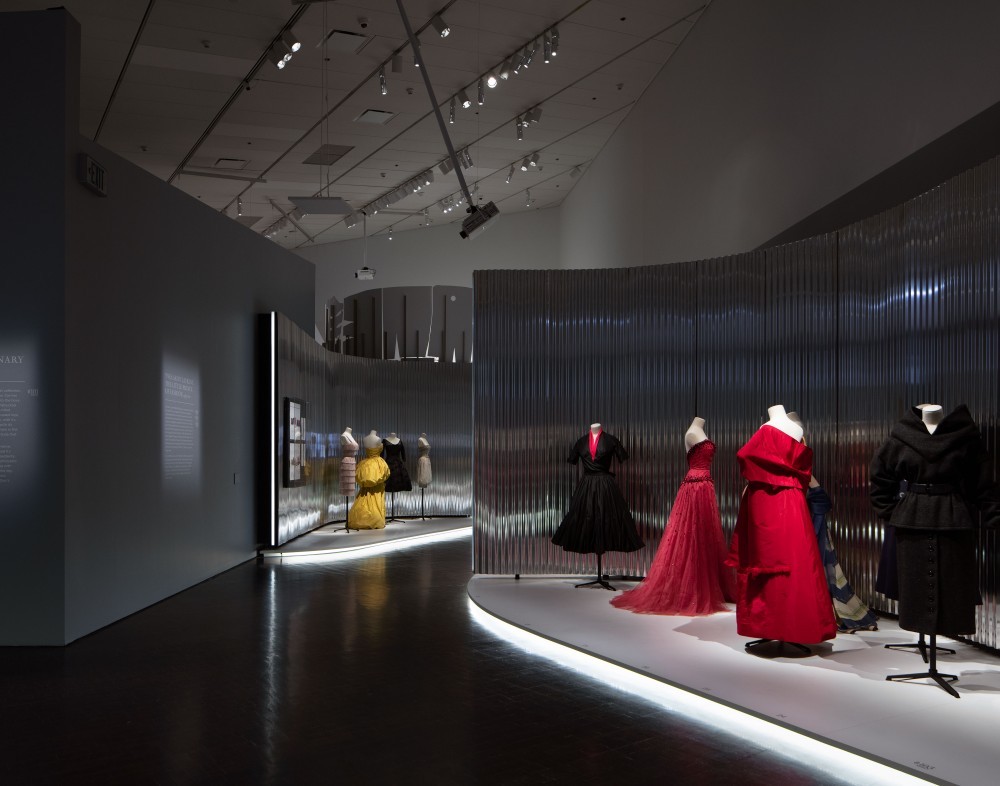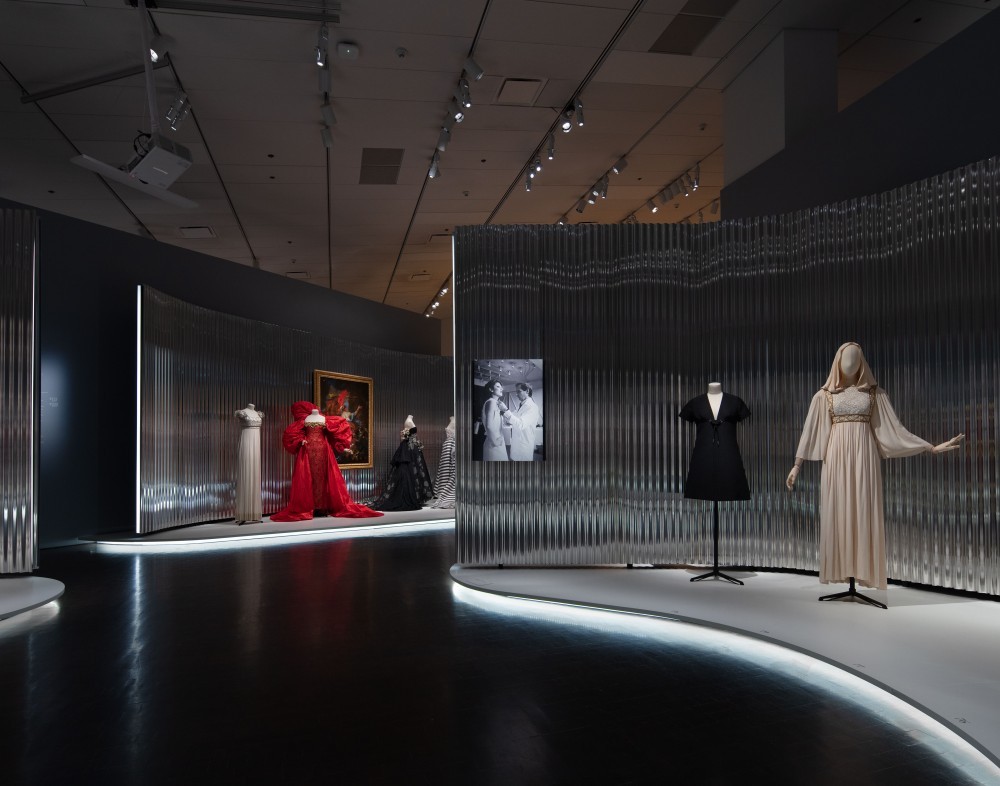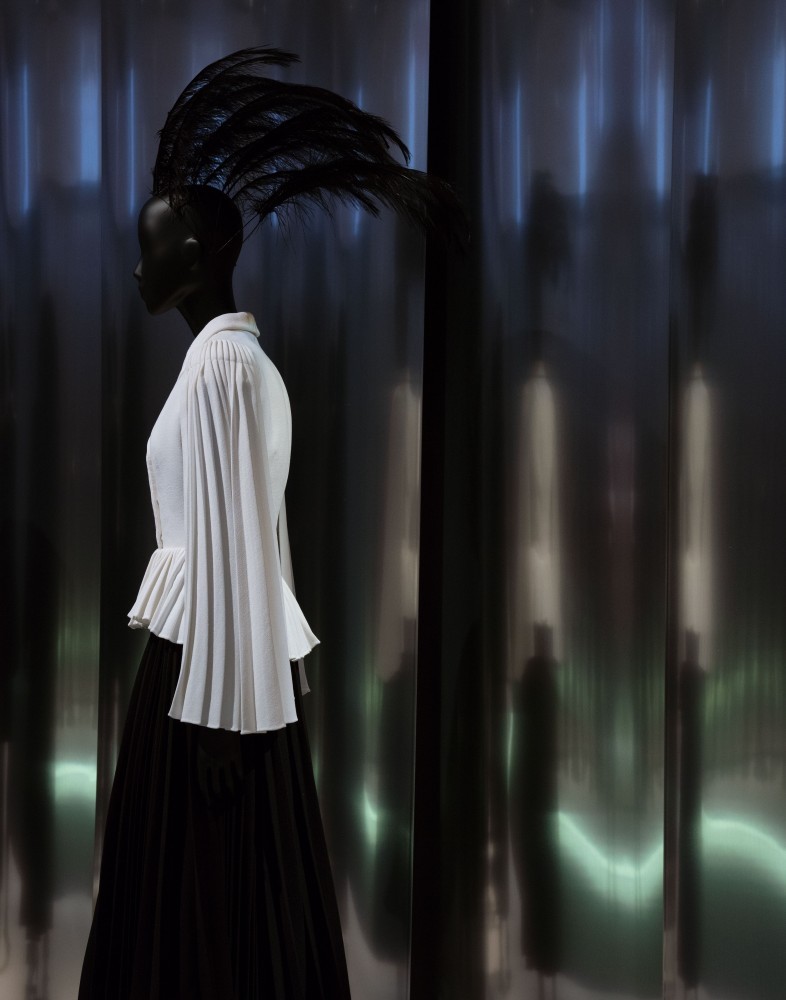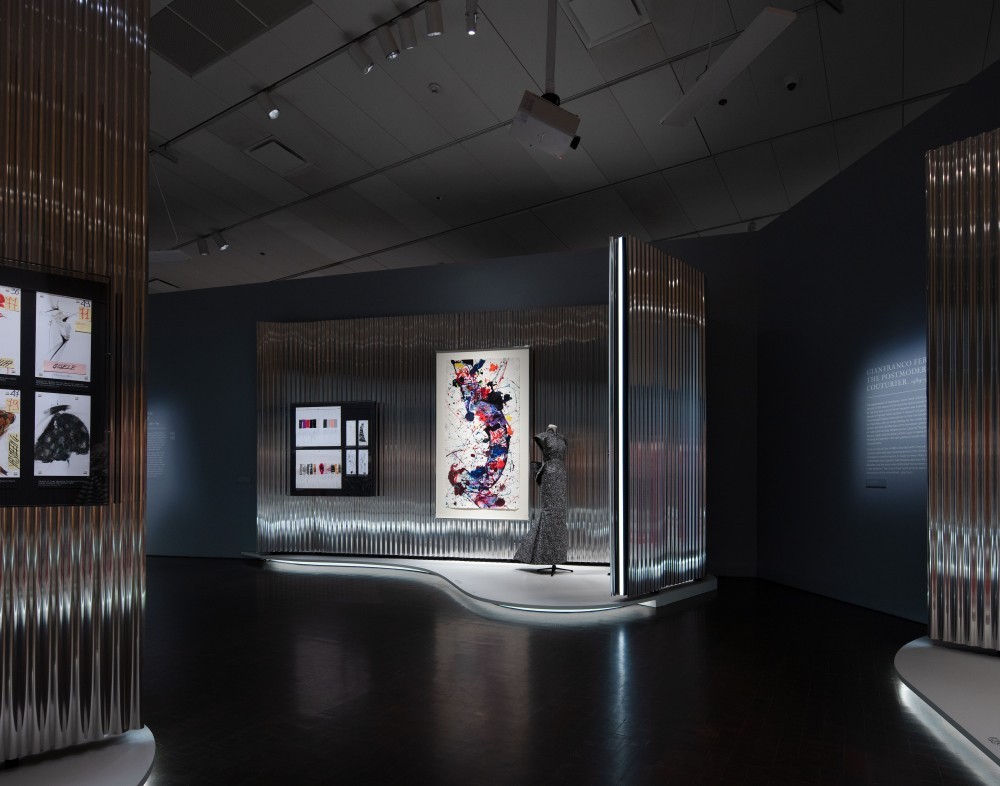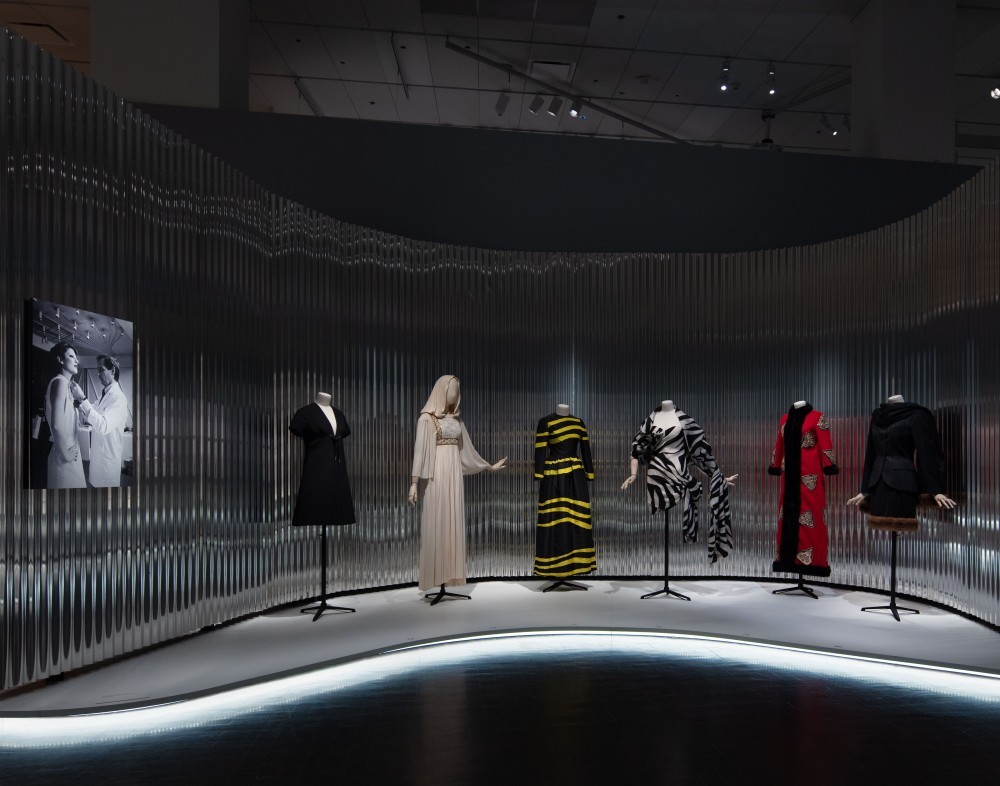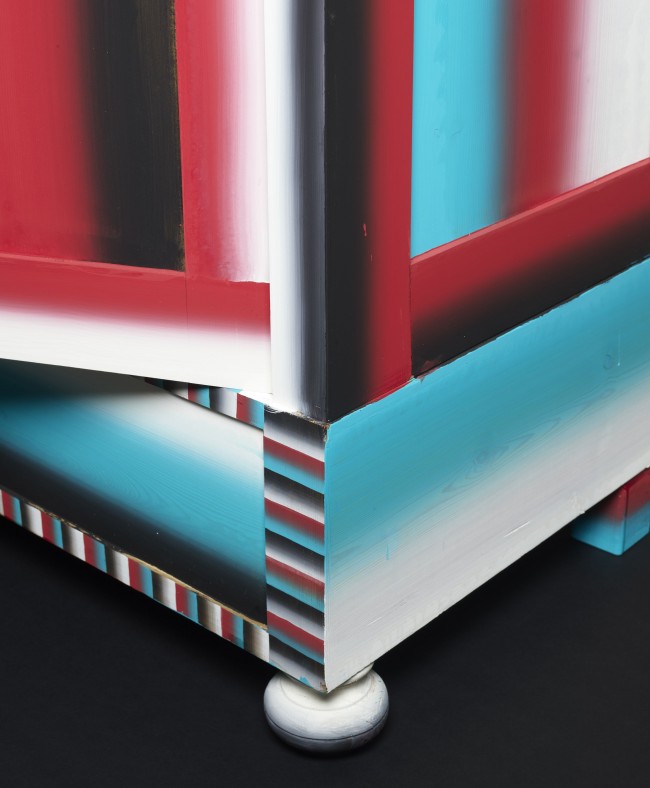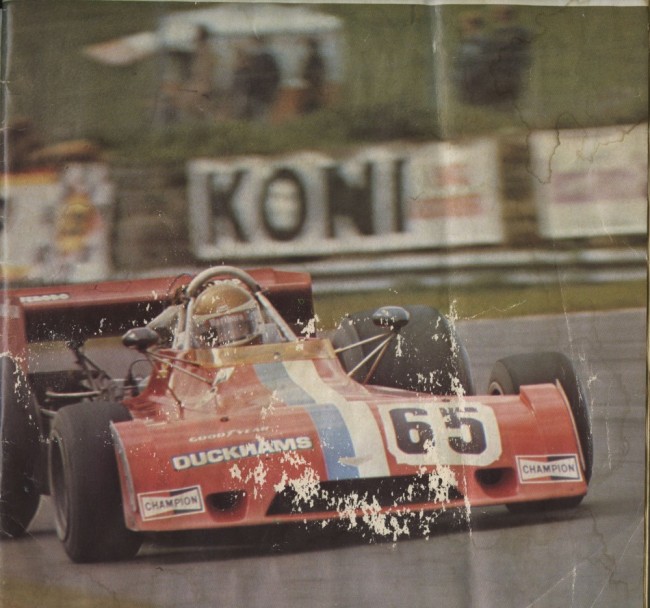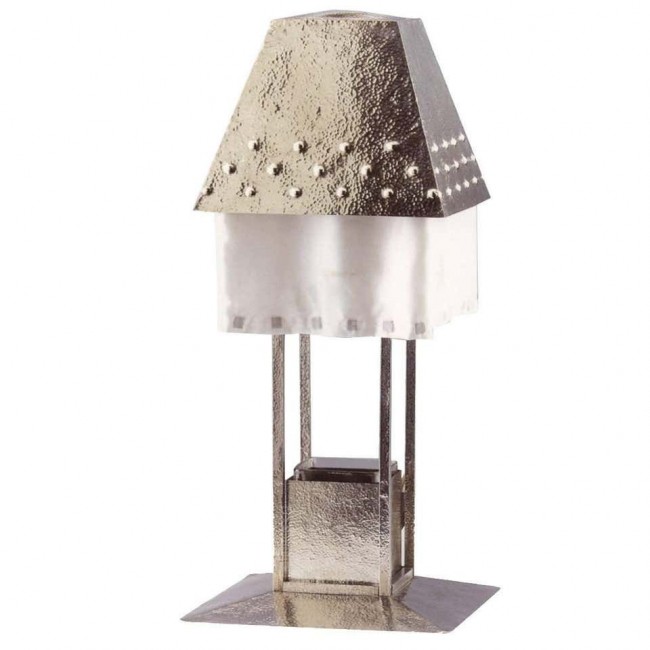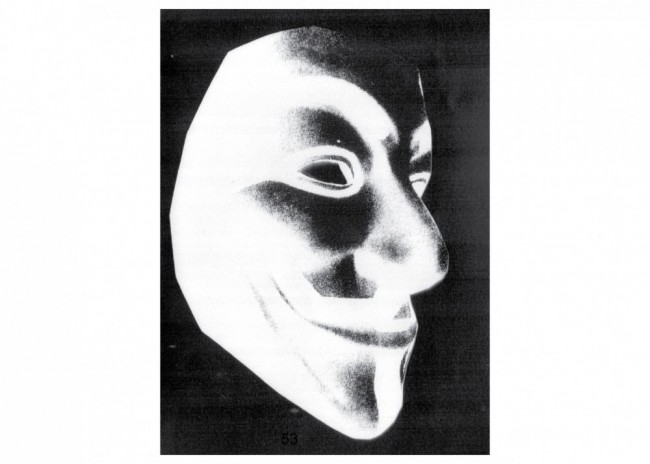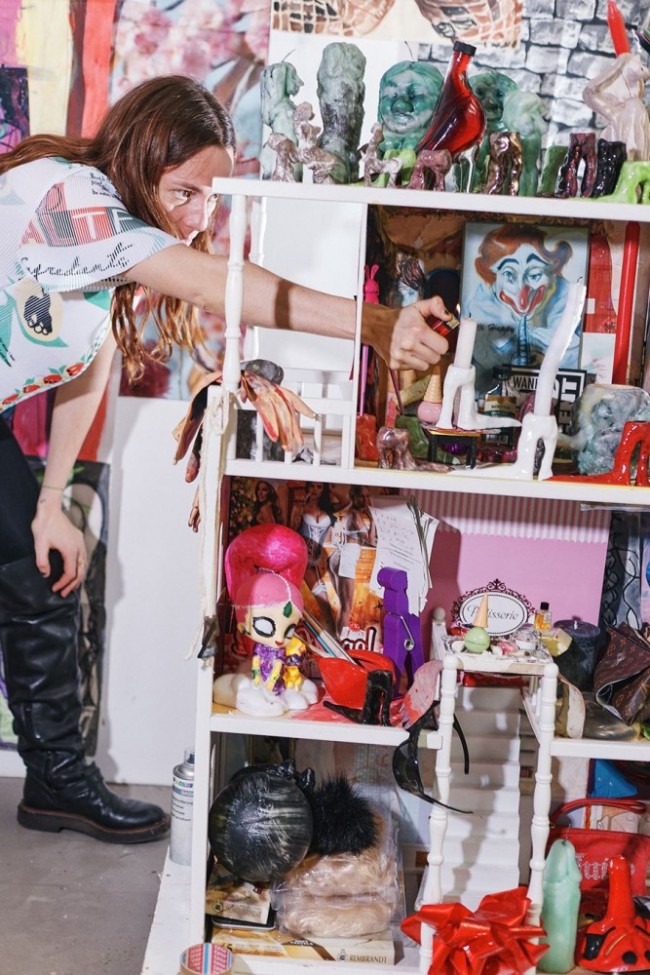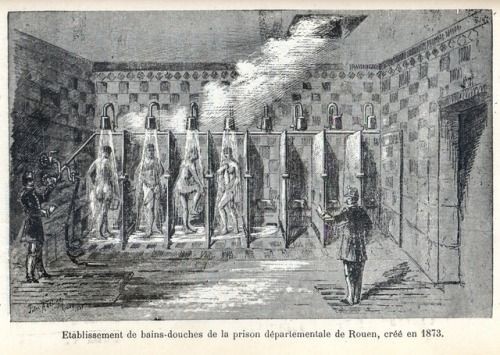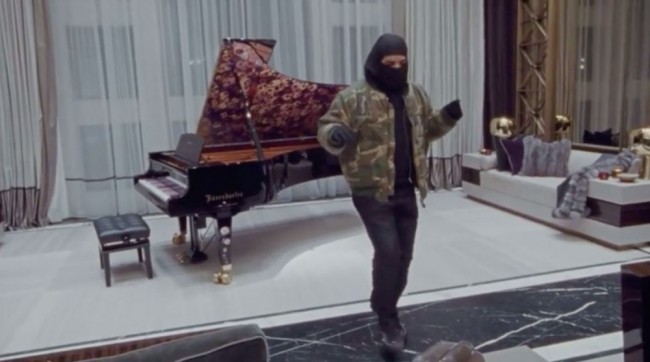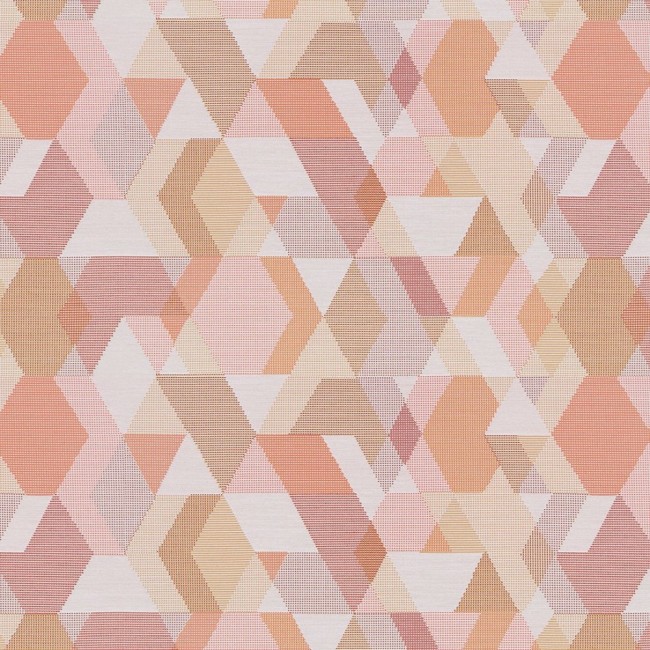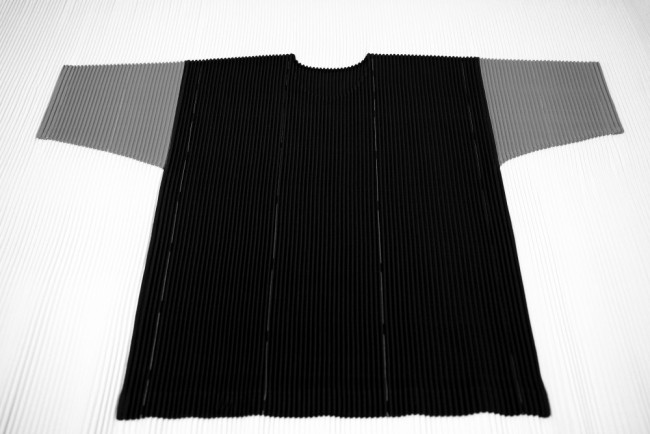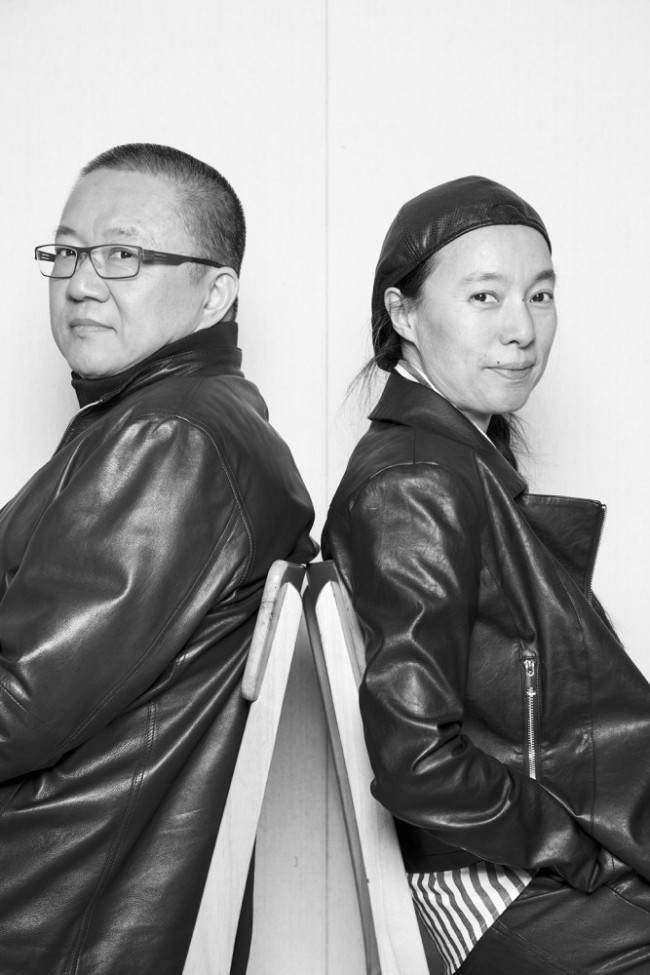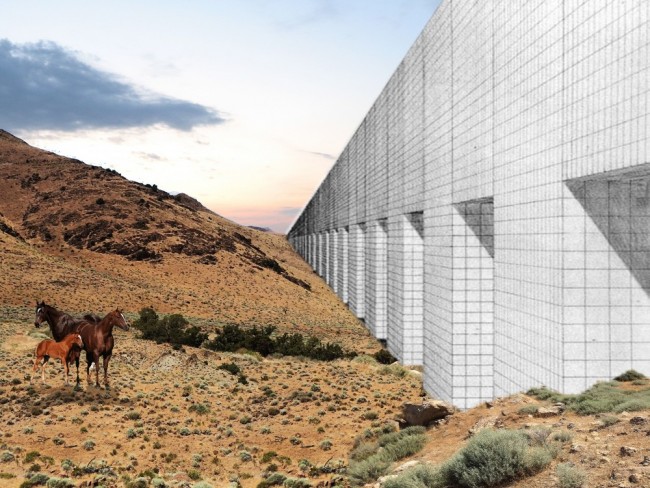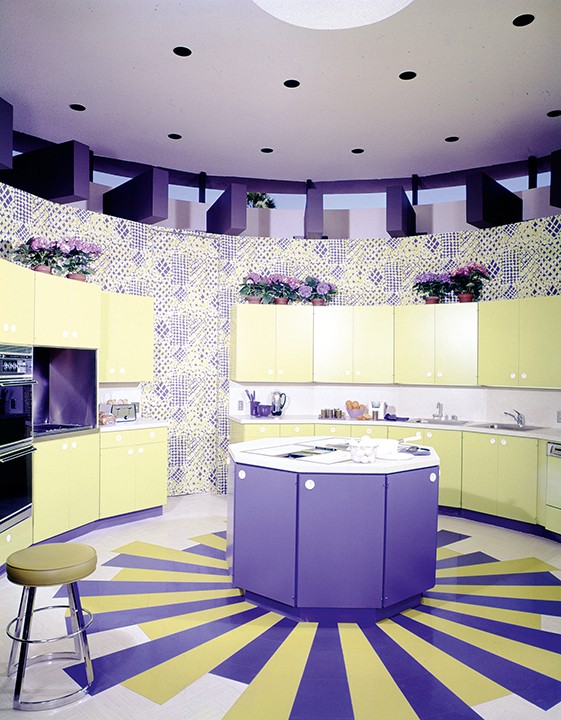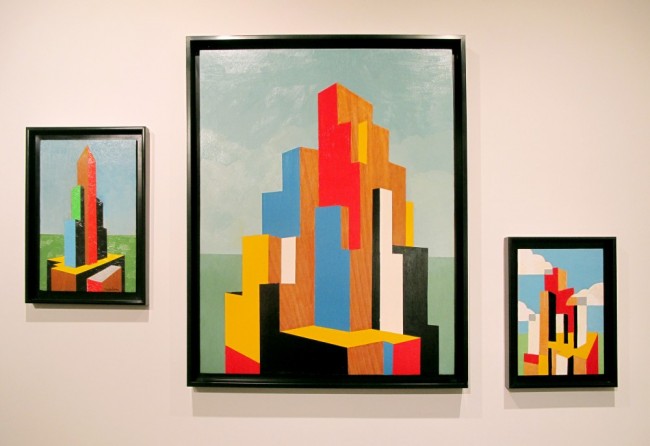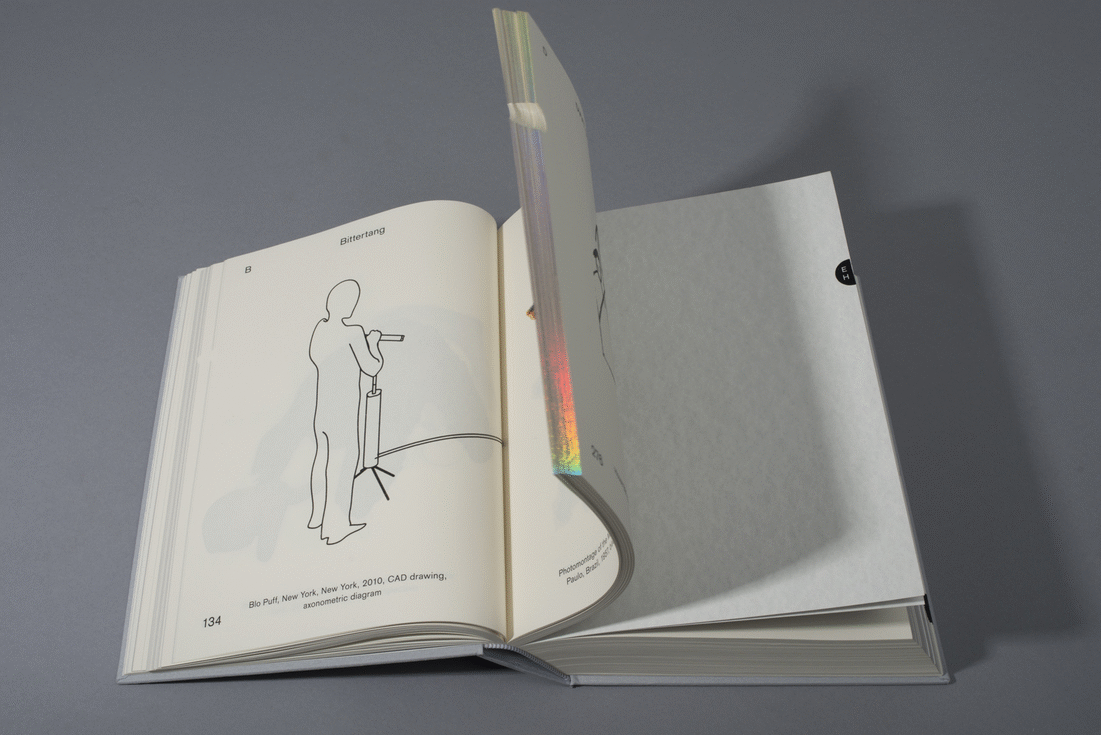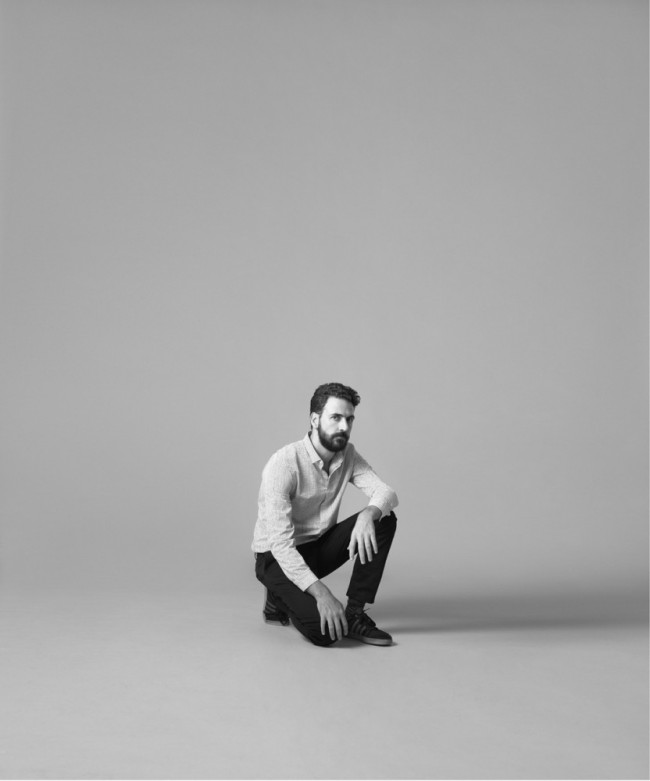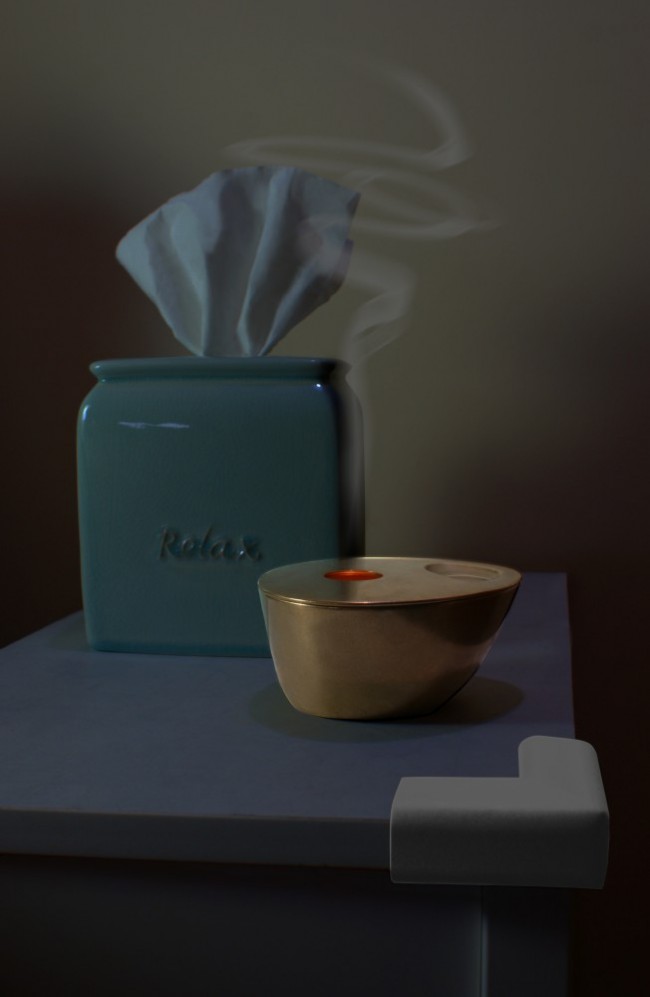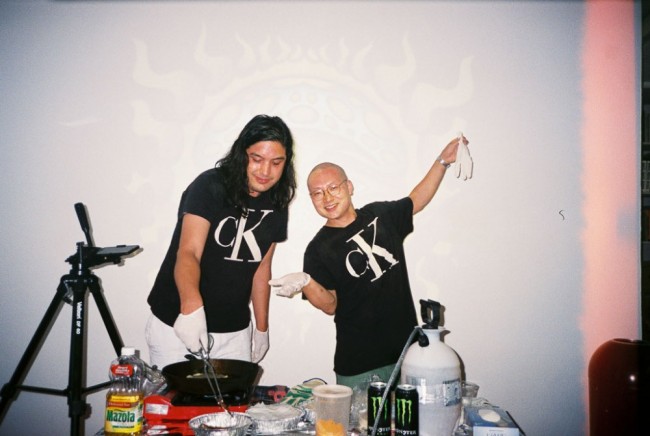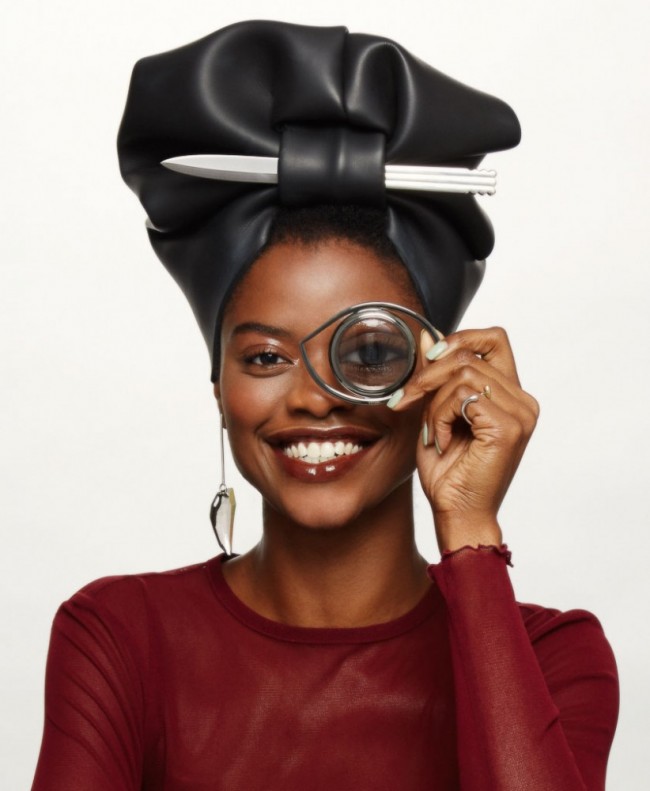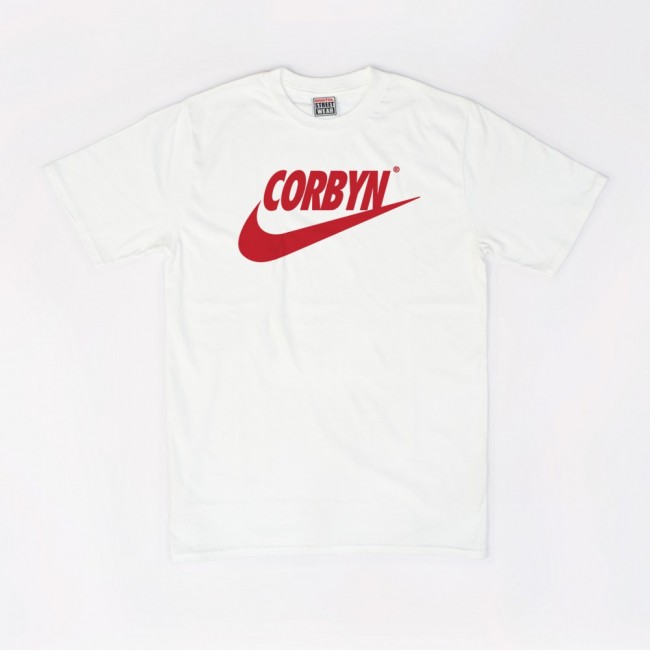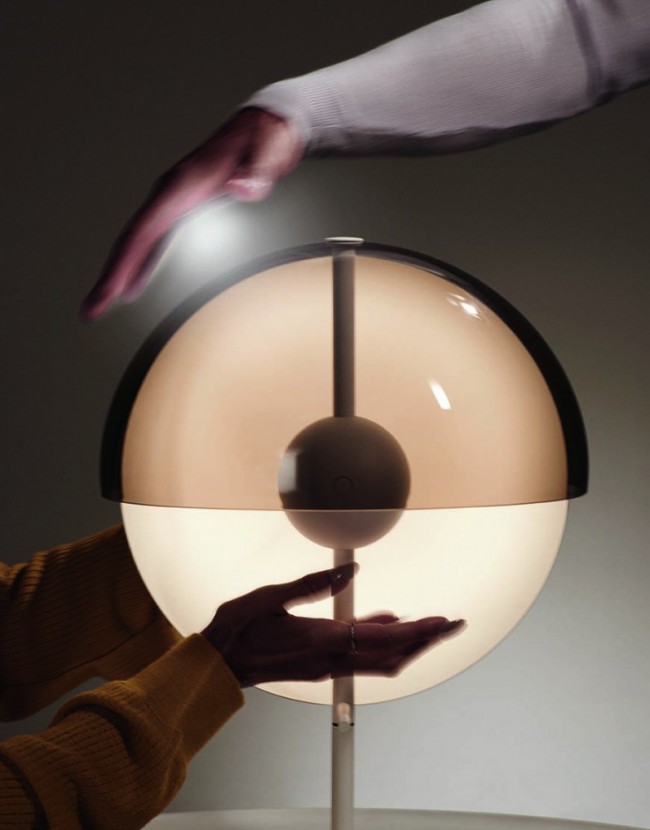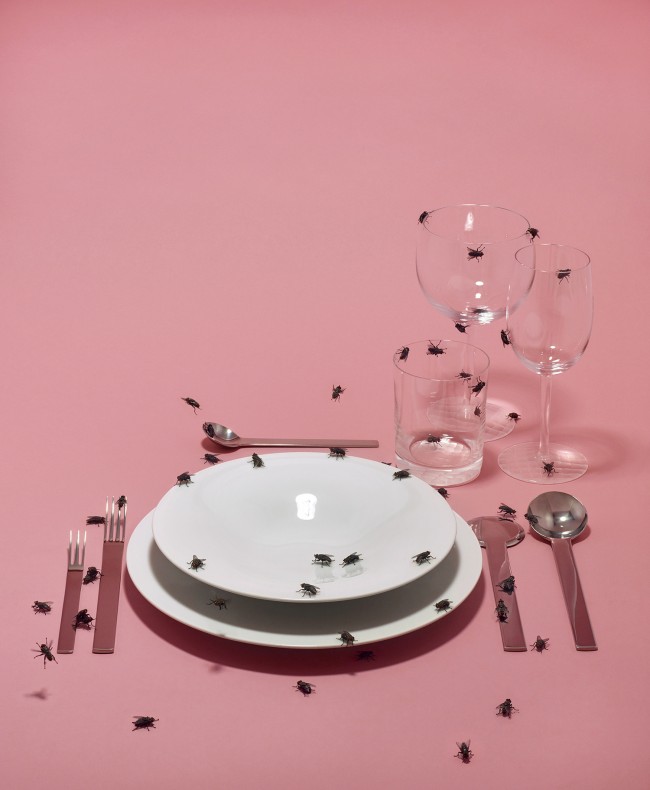DIOR IN DENVER: Not Your Average OMA
“Our instinct was let’s get rid of all the distraction,” says Shohei Shigematsu, the architect and OMA partner tapped by the Denver Art Museum to design Dior, From Paris to the World which opened November 19, 2018. For the exhibition, which guides you through the story of the legendary couture house under seven different creative directors, Shigematsu and his team chose to backdrop Christian Dior’s avant-hourglass postwar dresses and John Galliano’s iconoclast Y2K looks with curved sheets of corrugated metal. “We weren’t trying to overwhelm the garments but to enhance their character,” Shigematsu says. The undulations of the raw industrial metal brought out the scallops and curves of the dresses, the exaggerated feminine figure Dior is renowned for, while creating kaleidoscopic reflections. “If you have a straight metal wall, the reflection is rather singular, but corrugated gives you more abstraction.”

View of the exhibition Dior: From Paris to the World at the Denver Art Museum. Exhibition design by OMA. Photography by Naho Kubota.
You might wonder why the first ever Dior exhibition in the United States is in Denver. Curator Florence Müller who’s worked on numerous Dior exhibitions including curating Christian Dior, Couturier du Rêve (which opened last year at the museum of Les Arts Decoratifs in Paris) moved there from France in 2015 to oversee the Denver Art Museum’s Neuterer Textile Collection. Despite playing host to the seminal Yves Saint Laurent: The Retrospective in 2012, Colorado’s largest city doesn’t seem like an obvious choice for a show of this caliber. OMA and Shigematsu, on the other hand, have well earned their stripes thanks to their ambitious exhibition design for the 2016 Met Museum’s Manus x Machina: Fashion in an Age of Technology as well as Prada Waist Down, an exhibition which traveled to Tokyo, Shanghai, and New York between 2004 and 2006 and featured some pretty out-of-the-box garment presentation including spinning skirts on ceiling fan motors.
When designing these fashion exhibitions, Shigematsu explains, his goal is to communicate curatorial intent “instantly,” a process that favors close collaboration with curators. To tell the multi-chapter story of Dior, From Paris to the World, he created a series of rooms, each one focused on a different part of the narrative. These rooms are cell-shaped with curved edges, not totally closed off but flowing into one another organically. “It was a challenge to give a sense of a completed room while still giving viewers a sense of where to go, but I think we created an interesting tension,” says Shigematsu. He also considered another element of the exhibition, how Christian Dior was inspired by his garden, in how he approached the circulation design. “These cells are almost like a garden walk. There’s structure but it’s like a soft landscape.”
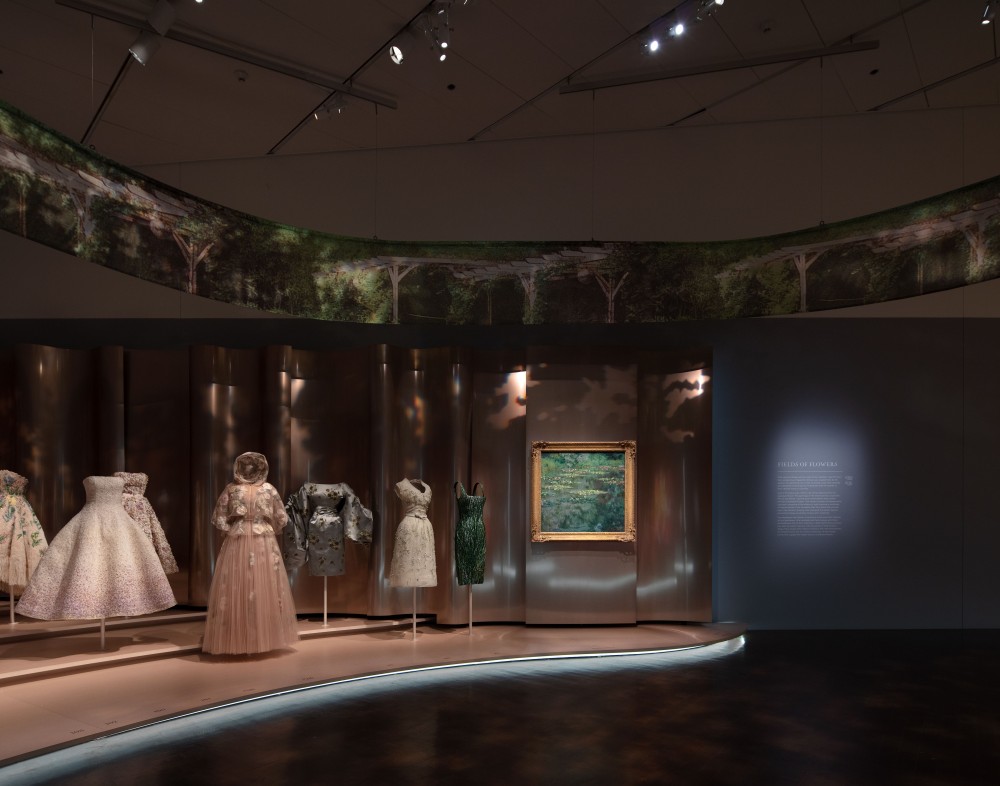
View of the exhibition Dior: From Paris to the World at the Denver Art Museum. Exhibition design by OMA. Photography by Naho Kubota.
One of the biggest differences between Dior, From Paris to the World in Denver and Christian Dior, Couturier du *R*êve in Paris is that in the new American show, there is much more attention given to the individual stories of the different creative directors — Christian Dior, Yves Saint Laurent (1957–60), Marc Bohan (1960–89), Gianfranco Ferré (1989–96, John Galliano (1996–2011), Raf Simons (2012–15), and Maria Grazia Chiuri (since 2016). (Bill Gaytten’s brief post-Galliano stint is remiss from the story.) Shigematsu notes that spending time with the exhibition material, he was struck by how there were radical differences between these creative directors but also a kind of consistency in the Dior brand. This made him think about how consistency functions in his own field: “As an architect, it’s a strange thing that there is this brand called OMA.” But after all this time studying the exhibition material, who is Shigematsu’s favorite Dior creative director? “Raf Simons,” he purports.
-
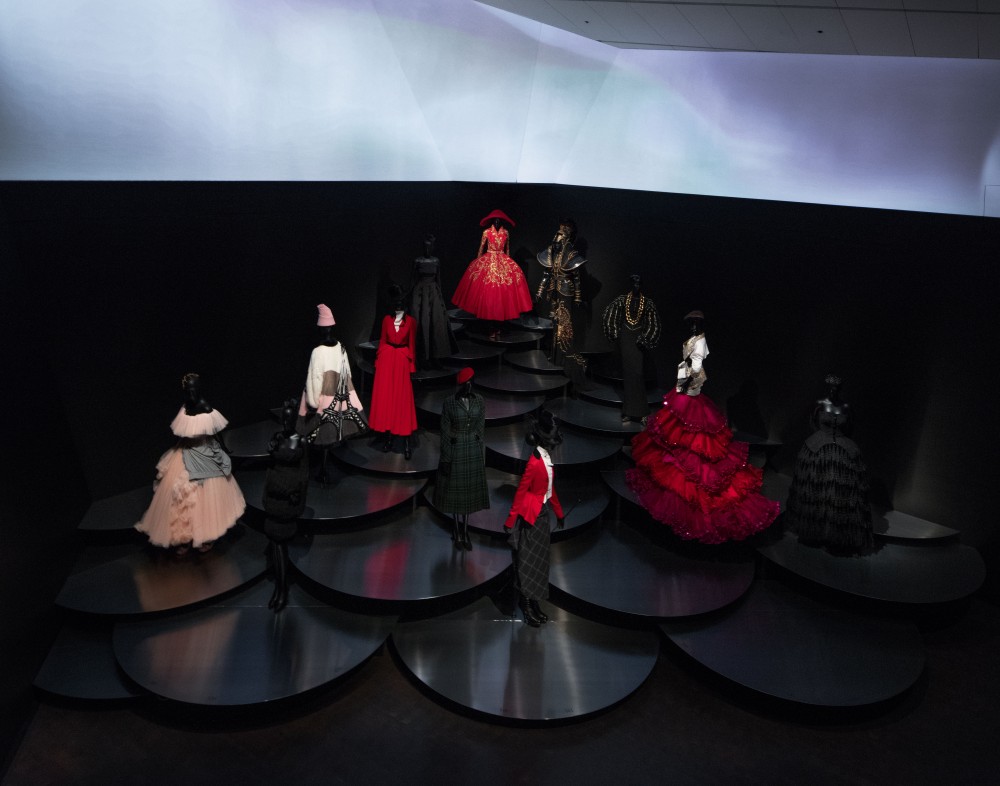
View of the exhibition Dior: From Paris to the World at the Denver Art Museum. Exhibition design by OMA. Photography by Naho Kubota.
-
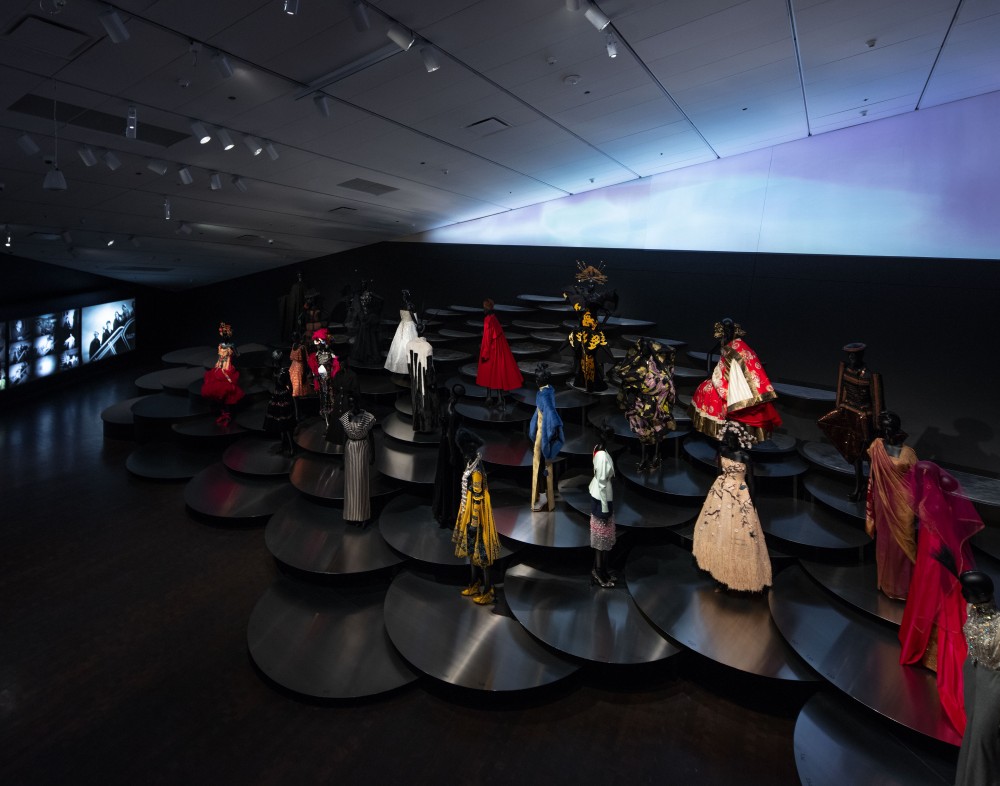
View of the exhibition Dior: From Paris to the World at the Denver Art Museum. Exhibition design by OMA. Photography by Naho Kubota.
Dior’s climax in Denver is the final room of the exhibition. After a fairly chronological tour through the couture house’s history, visitors land in a room with a cascading assortment of different garments from different directors and periods but which all have an international theme — a Japanese cherry blossom dress or a fur coat with the Chicago skyline. While the earlier cell-shaped rooms gave the viewer intimate proximity to the garments which were at about their eye level and close enough for one to reach out and touch them, in this room, the garments are elevated at different levels on terraced platforms on either side of the viewer’s path. The presentation is almost topographical, as if one was walking through a valley, the mannequins looking down from the hills, and the scalloped edges of the metal platforms raising them up evoke the structure of mycelium. These organic undulating shapes manage to temper some of the Denver Art Gallery’s extreme and sometimes “really bizarre” (Shigematsu) angles, a design by Daniel Libeskind that dates back to the mid-aughts.
Fashion exhibitions are becoming more and more common at major art institutions around the world. “Museums are realizing it could be one of the blockbuster exhibitions,” notes Shigematsu. While there’s sometimes backlash for these shows being too commercial or “not art,” Shigematsu says for him, they’re an exciting opportunity to be more expressive and experimental, and this often results in a more engaging experience. “Objects shown in fashion exhibitions we find have a closer degree of connection to visitors.” On opening weekend in Denver, Shigematsu got to witness firsthand how the exhibition worked in action. After the install, he was a bit worried that the pathways were too generous and looked too sparse when the museum was empty. But with people moving through the space at different speeds and their reflections abstracted in the corrugated metal alongside those of the dresses, the show was “dynamic” and “park-like,” just like Shigematsu intended. And people were really engaging with the material. “I’m always happy to see people observing the details of the garments,” he says, “because after all, our concept is to make the garments stand out.”
Text by Whitney Mallett. Photography by Naho Kubota.
The exhibition Dior: From Paris to the World runs until March 3, 2019, at the Denver Art Museum

